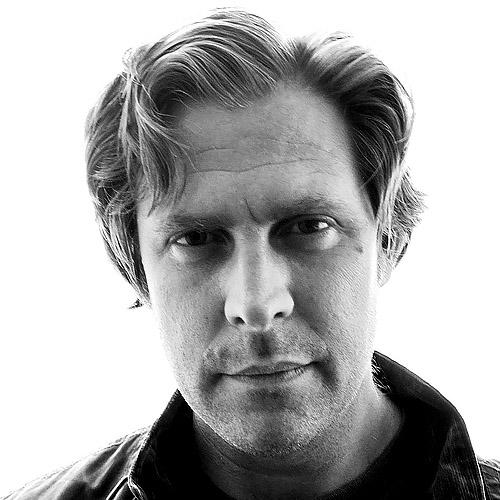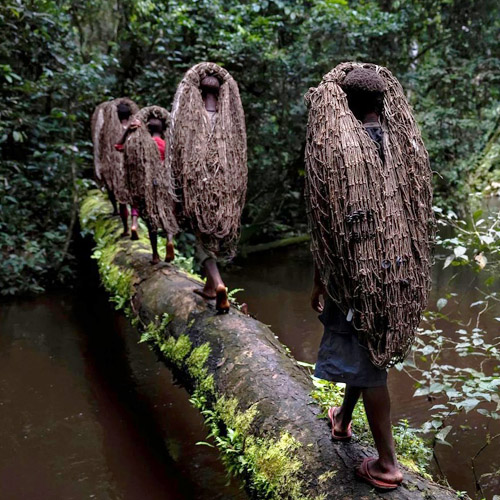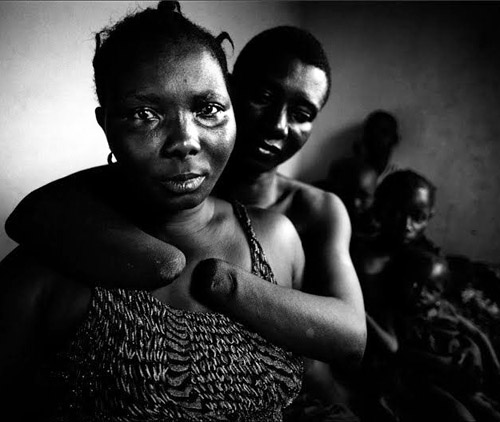On Freelance Photography
Freelance, regular or staff: career insights for young photojournalists from Brent Stirton
What are the best ways to get regular work in the competitive world of photojournalism? One of the leading practitioners in the field, Brent Stirton, gives his advice.
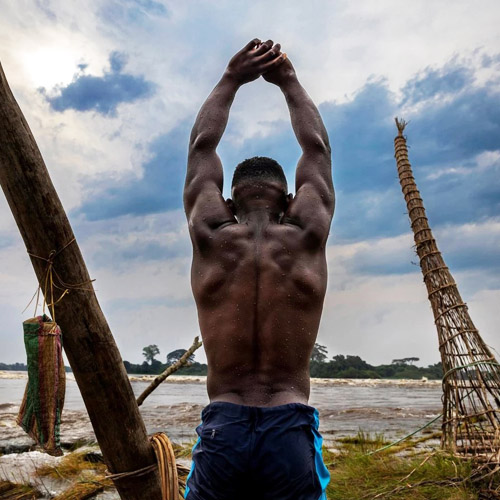
A muscular young man with his arms raised aloft and hands linked stands on a riverbank. Taken by Brent Stirton on a Canon EOS R5.
“As a photojournalist, you need to be focused on your own projects and have faith in the fact that the way you see the world is unique,” says Brent Stirton. “If you really put your heart and soul into it, you will make images that are interesting.” Taken on a Canon EOS R5 with a Canon RF 24-70mm F2.8L IS USM lens at 25mm, 1/250 sec, f/7.1 and ISO 320. © Brent Stirton/Getty Images for GEO Magazine
Photojournalism is a much sought-after career, but if you’re a student or recent graduate, what are the best ways to find regular work? Is doing freelance assignments the best way to begin, and can they lead to staff jobs? And what are the chances of getting regular work from that one-off big assignment?
To answer these questions, we asked the multi-award-winning photojournalist and Canon Ambassador Brent Stirton for his views. Brent has been a full-time professional since 1995 and has covered stories for major publications including The New York Times, Der Spiegel and National Geographic as well as NGOs such as Human Rights Watch. He has won numerous prizes including 13 coveted World Press Photo awards and is currently a senior correspondent for Getty Images and a National Geographic Explorer.
Here, Brent, who is also a speaker at this year’s Canon Student Development Programme, talks about different routes into photojournalism and the future for freelance photojournalists, as well as offering some invaluable advice on the kit needed by those starting out in the profession.
“At the beginning of your career, you must find original ideas, then you need to find a way of maintaining yourself while you develop and shoot those ideas,” says Brent. “In the current climate, it’s more challenging to get grants for very complex projects. Projects which are often less complex and might lead to prettier pictures are easier to fund.” Taken on a Canon EOS R5 with a Canon RF 24-70mm F2.8L IS USM lens at 36mm, 1/250 sec, f/4 and ISO 1600. © Brent Stirton/Getty Images for National Geographic
How to be a freelance photographer
When beginning a career in photojournalism, Brent says the most important thing is to build up the finance that will allow you to pursue your projects and develop a portfolio. “Try to work towards a really clear vision of what you want to do, and then find a job, live lean, and do whatever you need to do to save some capital, then go and do a project,” he says. “That project can be in your own country, even your own town, or overseas.”
“You need to be able to make unique images of a situation or issue that people haven’t thought about or haven’t looked at for a while. If you’re interested in wildlife, for example, think of a place to go where there’s a species you’re particularly drawn to. If you’re interested in conflict, find a lesser-known conflict. Ultimately, you need to build a portfolio that really shows who you are.”
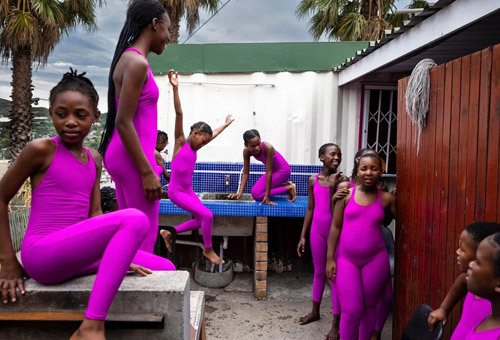
“If you want to be a stringer for agencies such as AP, AFP, Reuters or Getty, you need to have the same value system and you need to demonstrate it in terms of your commitment to staying in a place, producing excellent images and in many cases being there first,” says Brent. Taken on a Canon EOS R5 with a Canon RF 24-70mm F2.8L IS USM lens at 29mm, 1/250 sec, f/5 and ISO 400. © Brent Stirton/Getty GEO Magazine
Being a successful freelancer means regularly coming up with strong, original ideas and turning those ideas into high-quality bodies of work. It gives you the freedom to work on your own projects, though financial survival depends on getting regular work and this path doesn’t offer the security of a staff job.
If you’re a young photojournalist aiming to get regular freelance work, it’s vital to nurture relationships with picture editors. “When you’re starting out, you have to break into the profession and it’s not easy,” says Brent. “If you’re proposing a story, make sure it’s in line with the kind of things a particular publication usually works on. Then send a short introductory email including a couple of pieces of your work, no more than five. They need to be really good. Tell them what you’re working on and that you’d like to submit some work to them on a regular basis for consideration. Picture editors are constantly receiving emails and they’re looking for something professional which says who you are, what you’re doing and why they should look at your work. After your initial approach, follow up in a subtle fashion; don’t bombard them with daily emails and don’t be demanding.”
One route into regular freelancing is being a stringer - a photographer or videographer retained by a publication to report on events in a particular place. “If you can base yourself in a place that’s topical and you can be reliable and generate good content on a regular basis, you’ll probably work, though it’s unlikely you’ll make a lot of money,” says Brent. “Being a stringer can sometimes lead to a staff job, but it’s very competitive.”
Often, freelance photojournalists have to support themselves and their work with other kinds of freelance photography such as wedding, fashion or corporate work. But that can also improve your overall skills. “You shouldn’t look down on any form of photography because any form that’s executed well is a step in making you a better photographer,” he continues. “When you’re not working for someone in this way, you should always be working on your own projects.”
Page: 1 2

|

Bloc Party |
LATEST GALLERY IMAGES

Roland Garros 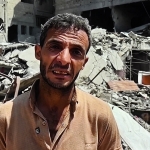
The News Today, Oh Boy |
|
|


